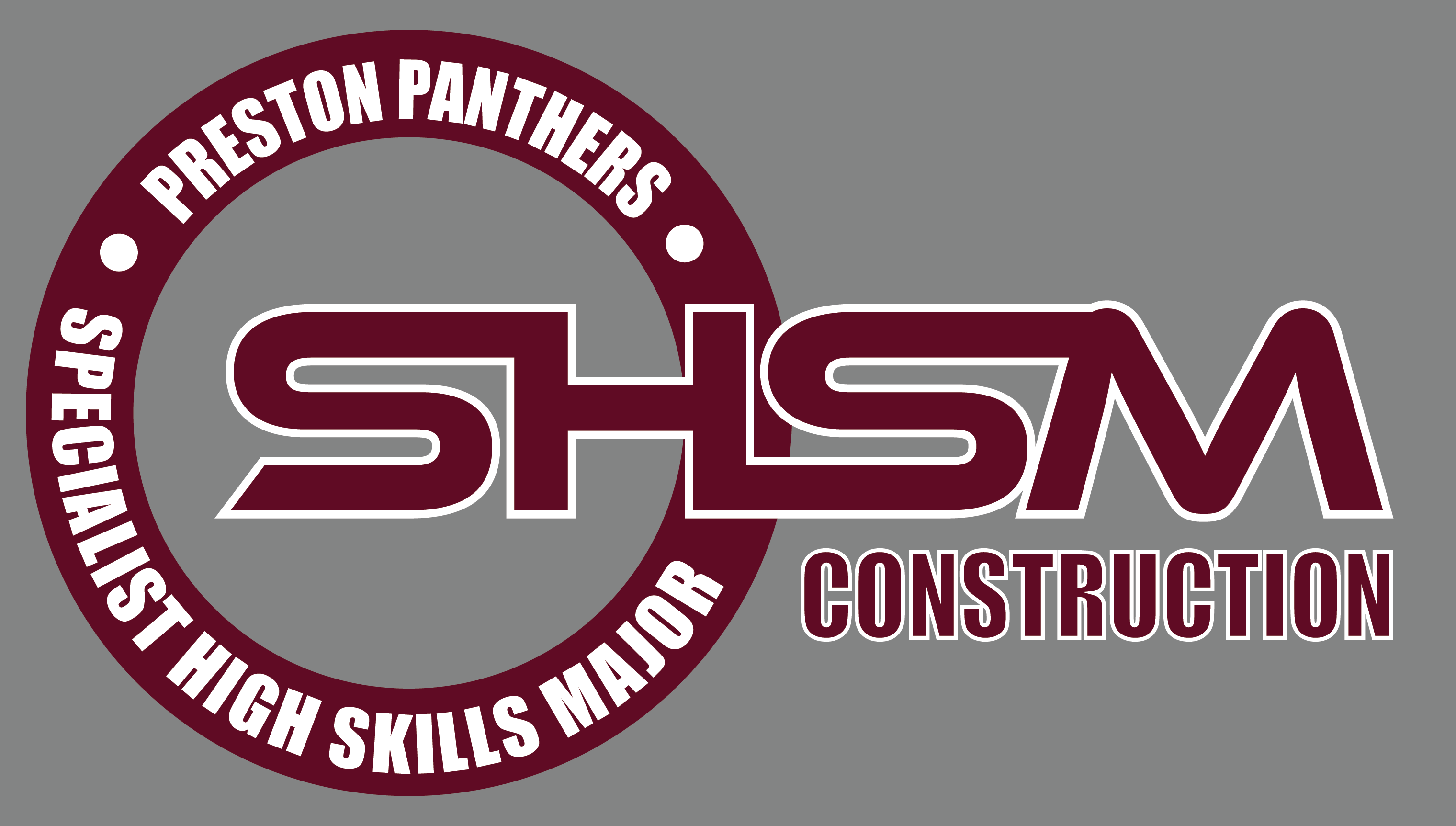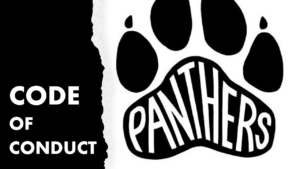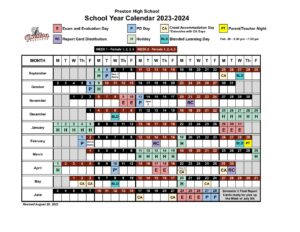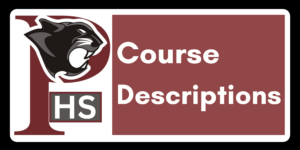In order to support your learning needs, we have provided this package to help you better understand why people fall into the trap of academic dishonesty and – more importantly – how to avoid it in the future.
We hope the knowledge and tools provided here will better equip students to rely on their own abilities rather than resort to cheating or plagiarism.
All the information in this package has been compiled by the WRDSB Teacher-Librarians and is available on the Library Learning Commons Website.
What is Academic Honesty?
Academic Honesty refers to the practice of accurately documenting all sources with care and consistency. YOU MUST CITE YOUR SOURCE when you use a direct quotation, paraphrase or summarize a passage from your research. You must follow the same rule when you use a graph or image, even if the images are “copyright-free.”
Cheating is another aspect of academic dishonesty. Cheating on a test, copying someone else’s work, or submitting work of your own that you have previously submitted in another course is unacceptable.
Where can you go for Help?
On-Line:
WRDSB Library Learning Commons: Plagiarism and Academic Honesty page
- Start at the PHS Library Page: http://phs.wrds.ca/library
- Click on the “Research” button in the “Learning Commons” section.
- Use the menu on the right to find the resources you need.
- Commonly Consulted Items: Note-taking, Plagiarism/Academic Honesty, Style Guides
Purdue University: Online Writing Lab
Online Databases offered through the Library Learning Commons (library.wrdsb.ca/library)
- many Databases are linked to your Google account to easily save sources
- most Databases include a Citation Tool, to assist with proper citation of database articles
At School:
1. Check with your classroom teacher to be sure about what style of documentation you should be using (APA, Chicago or MLA). As well, your teacher will direct you about any specific requirements he/she has about how to cite your sources.
2. See the teacher-librarian to get help researching legitimate sources and documenting them properly. You can also check out style guides from the Library Research Help Centre, located at the back of the Library Main area.
What is Plagiarism?
Plagiarism is the act of intentionally or unintentionally trying to pass off someone else’s words, ideas or images as your own. When referring to others’ ideas, you must give proper credit. Without doing this, you are stealing and then committing a form of fraud. Plagiarism is a form of academic dishonesty and it is wrong.
Is Plagiarism a Big Problem?
In the age of the Internet, it has become increasingly easy to copy and paste others’ work. Plagiarism existed before the Internet, of course, but having to copy by hand takes more effort. Also, there is so much information so readily available, it may be easier to neglect the fact that the information actually belongs to somebody. You must always give credit where credit is due.
Why NOT Plagiarize?
• Plagiarism is dishonest and illegal; stealing an idea is as bad as stealing a thing.
• People who plagiarize fail to learn; learning how to research and how to learn through research is very powerful. Stealing ideas means you’ve missed the opportunity to learn.
• Under the new WRDSB policy on Assessment, Evaluation and Reporting, students are required to provide evidence of their own learning. Students who submit plagiarized work have not demonstrated their own understanding of course content and skills, and may face a variety of penalties, such as detention, suspension or exemption from scholarship eligibility. A mark of zero is not assigned for plagiarized work; students will be required to demonstrate their understanding in another activity or assignment, but some repercussions may be worse than a mark of zero.
Why Do People Plagiarize?
|
Knowledge Reasons |
Work Habit Reasons |
People who plagiarize often:
|
People who plagiarize often:
|
How can you avoid Plagiarism?
As you research and write:
• Take careful and concise notes.
• Accurately record your sources.
• Accurately record quotations or paraphrased information, and cite the source.
• Record your own thoughts and ideas as you research.
• Give yourself time to research thoroughly, think through your own ideas about the topic, and fulfill the requirements of the assignment.
How to keep track of your sources:
It is important to keep track of where exactly you found all your information. Using note-taking templates (available on the Library Learning Commons website) will help you to do this. The MLA, APA, and CMS Source Logs will help you to keep track of all of your sources for a project, and will also help to make sure that you collect all of the information required for a proper citation. They are available online and in the PHS Library.
What Must You Cite?
What does citing mean?
When conducting research, you collect information, ideas and quotations from a variety of sources. You must acknowledge each source with a citation. A citation, in other words, is the identification of the source of the information you are using.
Citing means that:
- Your sources can be verified for their authority and currency.
- Your research steps can be re-traced, so that your audience can consult specific sources and assess your conclusions about the topic.
- You are honest about acknowledging other people’s words and ideas.
- You are able to back up your own ideas with the words and ideas of the experts.
When do you need to cite a source, and when is it not necessary?
Not everything needs to be cited. Use the chart below to determine what information must be cited.
|
You MUST acknowledge: |
You don’t need to acknowledge, |
|
|
What is included in a citation, and why?
A citation must make it easier for the audience to find the resource: Providing the author’s name, the title, publication date and publisher makes the resource easier to find. In the case of an online resource, recording the URL and the date viewed is important. How you format this may vary, depending on the style guide you are using.
A citation demonstrates the quality of the resource: Information written by an acknowledged authority and published by a reputable institution or publisher has the most credibility.
A citation demonstrates the currency of the resource: Human knowledge changes over time, and our perspective also changes. A source that is current (published very recently) is more likely to be accurate and complete.
A citation gives credit where credit is due: Whoever wrote the book or article you are using put a lot of thinking and effort into it, and has developed expertise in their area. They deserve to be acknowledged.
What is the correct way to cite sources?
There are several different methods of citing sources (APA, MLA, etc.), depending on the topic and style of your research, and your teacher’s requirements. All methods require you to record basic information (like author, title, publisher, date and place of publication, etc.) as you research. See the appropriate style guide for APA, MLA or Chicago MS for further details. We suggest Purdue University Online Writing Lab (OWL) as a good source for citation styles.
Quoting and Paraphrasing:
Quoting and paraphrasing are powerful ways to support your ideas. A quotation or paraphrase backs up your ideas with expert information or opinion. It is important to understand when it is appropriate to quote or paraphrase, how to do this well, and how to acknowledge or cite your sources appropriately.
Summarize, Paraphrase or Quote when…
-
You want to demonstrate the credibility of your own ideas by showing how the experts concur with your ideas.
-
You want to give examples of differing points of view on the topic.
-
The idea is expressed particularly well by the author: the writing is particularly eloquent and worth noting.
-
You wish to go into the ideas of the expert in more detail.
How to Write a Paraphrase:
- Read over what you want to paraphrase – carefully. It’s good to read the passage a few times.
- Write out the idea(s) in your own words, without looking at the original passage. Rely only on your memory.
- Check your paraphrase against the original copy to be sure you haven’t used the same words or phrases accidentally, and to check that the information is accurate.
Recognizing Unacceptable and Acceptable Paraphrases:
First, record your source information carefully. For example:
Book:
Author(s): Stephen Krensky
Title of Book: Monster Chronicles: Frankenstein
Place of Publication: Minneapolis
Publisher: Lerner Publications Company
Copyright date: 2007 Medium: Print
Here is the original passage from page 7 of Monster Chronicles: Frankenstein:
Of course, it doesn’t help that Frankenstein is not pretty. A monster made entirely from dead body parts doesn’t win many beauty contests. The short temper is no advantage either. And he’s always breaking things.
Here’s an UNACCEPTABLE paraphrase that is PLAGIARISM:
Of course, it doesn’t help that Frankenstein is unattractive. A monster made completely from dead body parts doesn’t win many beauty competitions. The short temper is no benefit either. And he’s always destroying things.
What makes the preceding passage plagiarism?
- The writer has only changed around a few words and phrases, or changed the order of sentences in the original passage.
- The writer has failed to cite a source for any of the ideas or facts.
If you do either or both of these things, you are plagiarizing.
Unfortunately, Frankenstein was an ugly monster. He was created out of scrap body parts and he was often angry and violent (Krensky 7).
Why is this passage acceptable?
- The writer accurately passes on the information in the original but uses his/her own words.
- The writer lets the reader know the source of the information.
Here is an example of quotation and paraphrase used together, which is also acceptable:
Unfortunately, Frankenstein was an ugly monster. He was created “entirely from dead body parts” and he had “a short temper” (Krensky 7).
This is acceptable paraphrasing because the writer:
- records the information in the original passage accurately.
- gives credit for the ideas in this passage.
- indicates which part is taken directly from the source by putting the sentence in quotation marks, and citing the page number.
Need Some Practice?
Use the practice activities listed below to try your hand at paraphrasing and citing. If you would like some feedback on your practice attempts, see Ms. Bauer in the library.






